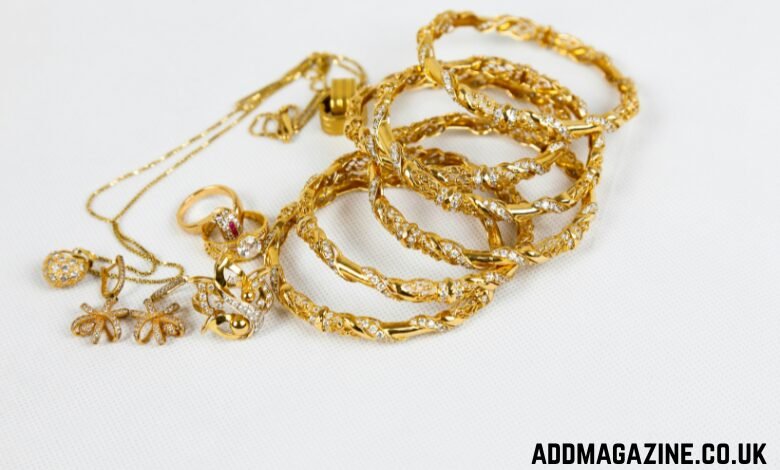For anyone who dreams of learning jewelry making seriously, choosing the right school is as important as choosing the right tools. Good training in this field means far more than design theory: it’s about understanding materials, mastering precision, and developing the patience that turns technique into artistry.
The schools below are places where those values still shape the curriculum. Their students spend long hours at the bench, guided by experienced goldsmiths and designers who treat jewelry as both craft and language.
Whether you’re drawn to traditional metalwork, contemporary art jewelry, or the technical side of production, these institutions offer paths that start with real making and lead to a profession built on skill.
An Italian Workshop for Modern Jewelers – Accademia delle Arti Orafe
The Accademia delle Arti Orafe has built a reputation for teaching the craft from the ground up. Its method is practical and demanding: students spend hours at the bench learning high jewelry fabrication, engraving, stone-setting, wax modeling, and fine soldering.
There is little abstraction here: progress comes from precision, repetition, and the guidance of teachers who still work as goldsmiths.
The school’s close links with the best jewelry ateliers allow many graduates to move swiftly into employment, turning technical fluency into professional opportunity. It’s an education that joins Italy’s artisan heritage with a clear path into today’s jewelry world.
School of Design in Germany’s City of Gold – Pforzheim University
In Pforzheim, where jewelry has been part of the city’s identity for more than a century, the School of Design bridges the gap between tradition and modern research. The program blends hands-on training with conceptual design, encouraging students to move fluidly between metal, idea, and form.
Workshops are equipped for every stage of making, from traditional casting to digital prototyping, but what defines the place is its rigorous sense of craft. The German precision associated with Pforzheim finds a quiet echo here, where technical discipline remains inseparable from creative thought.
Where Precision Meets Patience – North Bennet Street School
Few schools embody the spirit of craftsmanship as purely as North Bennet Street School, Boston, USA.
In its jewelry making and repair program, students work at their benches from the first week, learning to measure by eye, handle tools with control, and finish every surface to perfection. The teaching rhythm feels almost monastic, quiet, deliberate, rooted in skill rather than theory.
Craft Education in Toronto’s Urban Studio – George Brown College
In Toronto, Canada, George Brown College’s Jewellery Arts program offers a direct, craft-centered education. Each student is responsible for the entire process, from sketch to finished piece, which means learning to solve every problem along the way.
The workshop atmosphere is intense and collegial, with instructors guiding students through long hours of fabrication, setting, and polishing. The emphasis is on competence, not shortcuts. By the time they graduate, students understand what it means to sustain precision through repetition, the essence of becoming a jeweller.
Tokyo’s Fusion of Discipline and Design – Hiko Mizuno College of Jewelry
The Hiko Mizuno College of Jewelry in Tokyo reflects the Japanese approach to craft: order, accuracy, and refinement.
Courses span traditional metalwork, design, and even marketing, mirroring the diverse landscape of Japan’s jewelry industry. Every student spends long hours perfecting solder joints and surfaces before moving on to individual projects.
The result is a mix of technical rigor and creative freedom that feels distinctly rooted in discipline, yet open to experimentation. Graduates emerge with a sense of precision that speaks softly but unmistakably through their work.
Contemporary Jewelry in the Spanish Tradition – Escuela de Joyería del Atlántico
In the Galician city of Vigo, the Escuela de Joyería del Atlántico stands out for its workshop-based approach and its strong connection with local jewelry artisans. The school focuses on the practical mastery of goldsmithing, stone setting, and wax modelling, with each course structured around bench work rather than classroom theory.
Teachers are practising jewelers who pass on methods refined through years of experience, creating a learning rhythm that mirrors the pace of real production. This hands-on philosophy has made the Vigo school one of Spain’s few institutions where jewelry is still taught as a true craft.
The Dutch Path to Precision and Craft – Vakschool Schoonhoven
In the small Dutch town of Schoonhoven, known as the “city of silver,” the Vakschool continues a tradition that blends vocational clarity with artistic precision. The curriculum revolves around practical training: students spend years in the workshop learning goldsmithing, silversmithing, and watchmaking techniques.
Teachers emphasize rhythm, repetition, and professional standards over rhetoric. The school’s graduates often join small studios or open their own, carrying with them a distinctly Dutch sensibility, understated, exacting, and honest in its craftsmanship.




